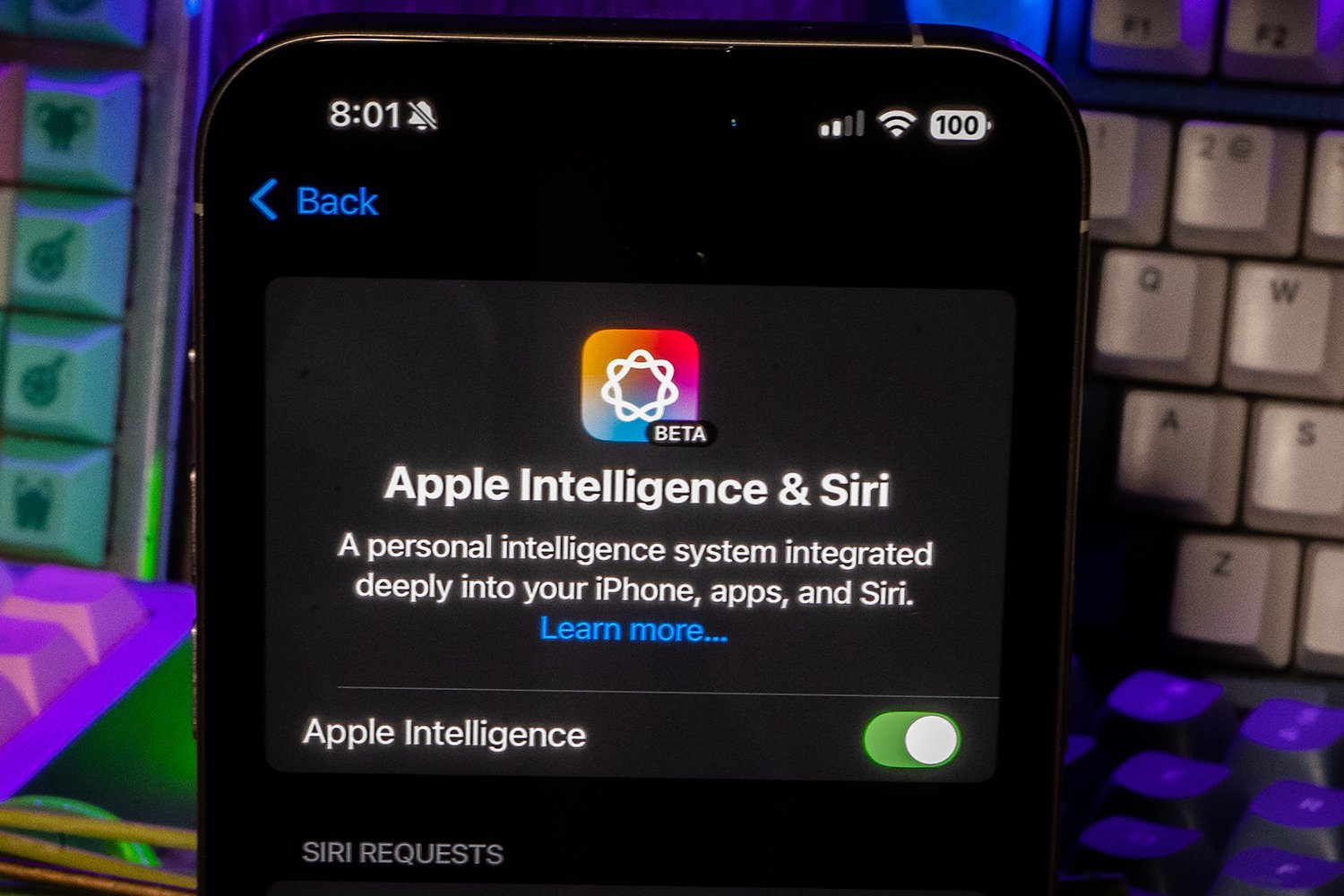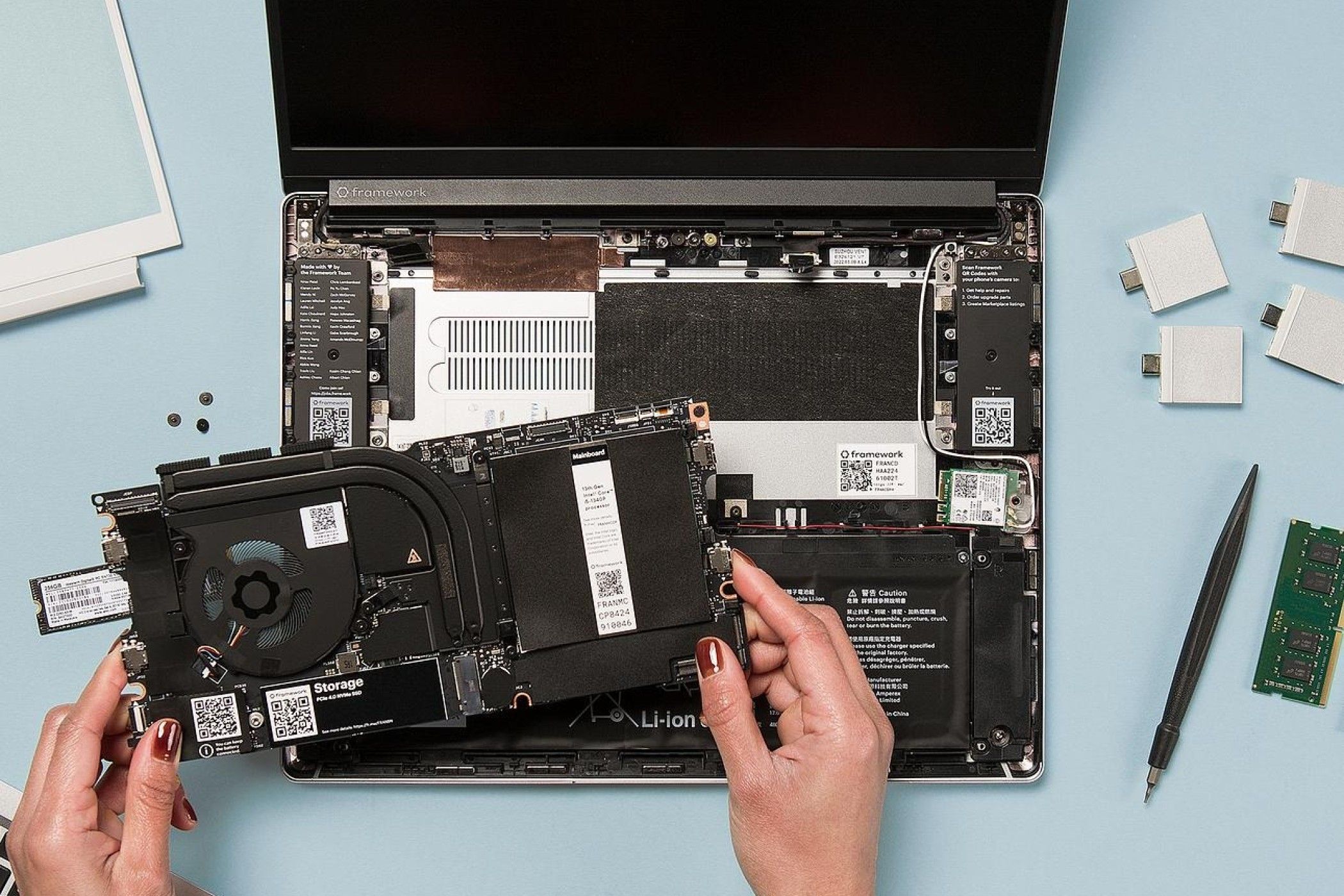Rabbit's R1: A Radical UI Makeover That Changes Everything About AI Interaction

In a candid admission of past shortcomings, the company has declared the end of an era, boldly stating that "The old R1 is dead." This frank acknowledgment reveals a critical self-reflection on the disconnect between their initial ambitious vision and the actual product experience they ultimately delivered to customers.
By openly recognizing the gap between their original concept and the final implementation, the company demonstrates a commitment to transparency and continuous improvement. This bold statement signals a potential pivot, suggesting that they are ready to learn from past mistakes and reimagine their approach to meet customer expectations more effectively.




-xl.jpg)



